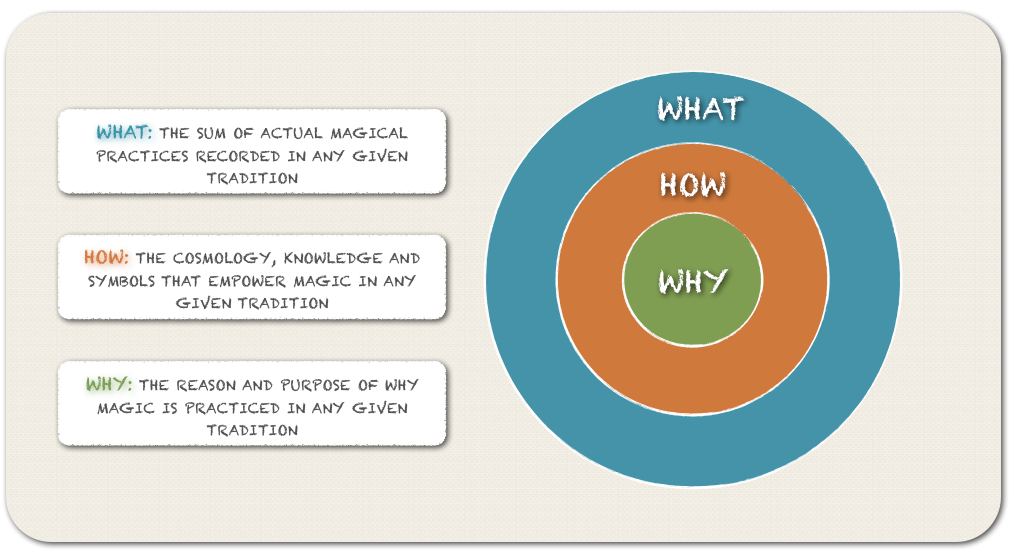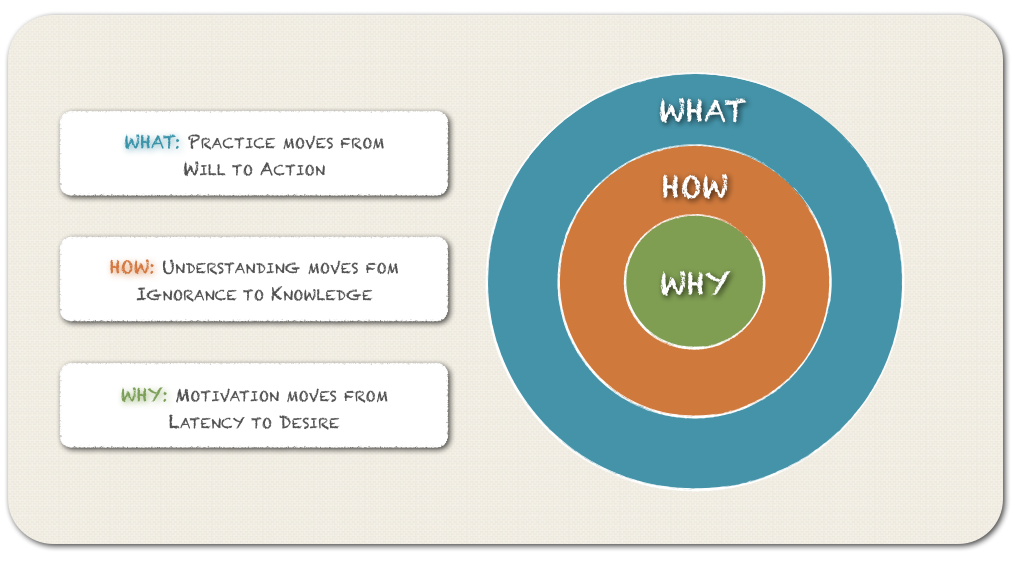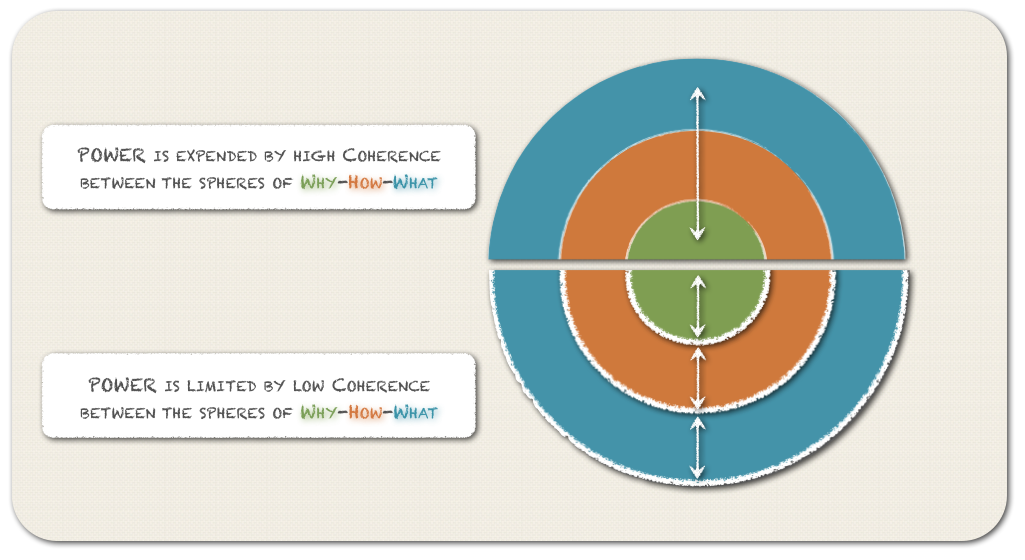Self-Transformation in Magic - An Exploration (Part 1)
When striving for transformation of ourselves we tend to work from one of a few numbers of consciously or subconsciously held models of 'Self'. Such models form the basis of how we make sense of ourselves as part of a larger environment of visible and invisible forces as well as a part of a social community or tradition. Inherently they determine essential assumptions about the triggers, direction and aim of such transformation. The following explorations and ideas were initiated by the wonderful anthology 'Self and Self-Transformation in the History of Religions', edited by David Shulman and Guy G. Stroumsa. While the anthology itself is focussed on an academic audience it still offers many springboards to consider practical implications of our personal approach to magic. It is the latter that the following explorations are aiming at.
In the context these posts term transformation can stand for psychological or even physical change, often connected to the idea of healing or growth of our selves. Equally it relates to the processes of initiation, spiritual attainment or enlightenment. In fact it refers to any process that profoundly transform the makeup of our inner selves:
“Personal transformation need not to go as far as turning oneself into a god, or devolving oneself into a demon or an animal, or even switching gender. It may mean, at root, a substantial reorganization of restructuring of the self - in some sense, the same self that forms the point of departure.” (Shulman / Strousa, p.12)
Yet, before we set out, let's explore why such theoretical considerations matter at all... Isn’t the beauty of magic that we don’t need to understand the ‘Why‘ behind the techniques we actively leverage?
My old teacher often mentioned this was the precise difference between magic and philosophy or abstract speculation: The magician simply does and judges their practice by nothing but the results achieved; the philosopher never gets to the point of doing because they are stuck in speculating about the 'How' and 'Why'. In such a paradigm magic turns into the science and art of pragmatism.
Well, I shared my own point of view on this perspective in an earlier post. I believe finding one’s own answer to it, is what will determine the level of power we limit or open ourselves to in magic. Let me share a brief overview of the model I leveraged to explain these dynamics:
The essence is that Experience flows from the outside in, while Meaning takes the opposite direction and flows from the inside out. A truly powerful magician - or kitchen chef or teacher or really any professional - understands that having access to all three levels of their behavior is critical to achieve or experience anything meaningful in life. On the other hand, the more they limit themselves to only work in the realm of the ‘What‘ the more they choose to limit themselves. Over time their practice will become random and inconsistent. While practice has to precede the discovery of personal meaning, getting stuck in the realm of practice without exploring the ‘How’ and ‘Why’ will kill the spirit of our magic over time. What is needed is balance as well as the right sequence of action and reflection.
So I guess, if you are at a point where you aim to deepen your level of practical experience, I recommend to skip this post and maybe explore the ‘Spirit Contact Cycle’ instead. Simply because it was written to do exactly that: to get more experience out of any encounter we come across, may it be magical or not. If, on the other hand, your practice has become a little overwhelming already or if you currently feel stuck and need to see a few more trees of the forest we are surrounded by, then these reflections on the ‘How’ might be just helpful.
Now, as we set out to explore three different concepts of Self in relation to the concept of Self-Transformation, I will try not to connect them to certain traditions as much as possible. That’s why I chose very general terms and examples to label and describe them. Hopefully this peels back preconceived ideas or personal attitudes towards specific spiritual traditions; and allows us to get to the heart of the matter more quickly.
1) The Model of the Ladder - or The Vertical Model
The model of the ladder will be the most familiar concept of Self for most practitioners in the West. In essence it assumes the following:
- our human Self is bound by or chained into the earthly realm
- the earthly realm doesn’t start around us, it’s closest layer to ourselves is our body and our physical senses
- at the same time our human Self itself is an outer layer itself, holding a divine spark bound inside of us
- the cosmos is arranged along a vertical axis with divinity at the top and the earthly or chthonic realm at its end
- our way of being in the world is determined by the position our Self assumes along this continuum of divinity to profanity or - to speak in philosophical terms - of ontological reality to material illusion
- thus the experience of pain, suffering, afflictions or sorrow is charged with either of two meanings: (1) as an acknowledgment of the fact that one’s Self has sunken too low on the vertical axis and over-identifies with the earthly realm; a state that is often interpreted as sinful or (2) as a testament to the fact that one is progressing upwards on the vertical axis and is being challenged and tempted by the chains one’s Self is bound by still
We can call this concept ‘The model of the ladder’ as the level of spiritual attainment or self-transformation is dependent by the practitioner’s ascent on the vertical axis towards divinity. A continuum that often is depicted as a ladder.
The shadows of this concept of course are manifold: starting with debasement of any physical experience and our bodily senses and leading up to the separation of divinity from the physical realm - except for the golden umbilical cord that leads upwards from the profane to the realms true being.
According to this model our Self is clamped on this vertical axis, stretching all the way from the heavens to the deepest chthonic realms. No wonder the societies, traditions and collective experiences this concept has brought forth over the better part of three-thousand years are marked by an incredible amount of inner tension and aggression: Self-transformation in this worldview isn’t but one option of lifestyle - mostly reserved for the mystic or hermit and potentially a waste of time as one misses out on the beauty of physical life - but it turns into an essential requirement for any human being. From the toddler to the farmer to the scientist - they all live in a state of not being okay within themselves, by definition and nature - until they have managed to ascend further on the vertical ladder.
At the same time the criteria and measure of their spiritual advancement is full of ambiguity: the levels of pain, sorrow, temptations and misfortune experienced in life could either be interpreted as stalemate on the profane level or as testament of their advancement on the vertical ladder. Authority to determine which is which in most cases is reserved to the religious elite. While this model of Self seems an unfortunate choice for the layman, the value for the religious elite becomes immediately obvious: they hold the power of interpretation, of story-telling one’s life. The religious elite and not ourselves attach meaning to the experiences we go through.
2) The Model of the Dovecote - or The Horizontal Model
This model of the dovecote will be significantly less familiar or intuitive to most practitioners of the West. In essence it assumes the following:
- our human Self is not a stable entity, but defined by a constant exchange of and interdependency with other beings
- the experience of Self is therefore a social or collective one
- the cosmos is arranged along a horizontal continuum that leads from visible to invisible states of being; the entire continuum is populated by living beings, society is made up of equal parts of the visible and invisible realm
- many beings may shift their form of appearance on this continuum depending on their current state as well as the quality of time; similarly often there is no division between good and evil entities but their impact on one’s self depends on individual circumstances of time, place and relationships
- the experience of Self is therefore fluidly transcending the realms of visible and invisible, the boundaries of self are blurred
- our way of being in the world is determined by the connections to and interdependencies with other beings we have created for ourselves - or allowed to be involved in - on the horizontal continuum of creation
- thus the experience of pain, suffering, afflictions or sorrow is mostly charged with the meaning of having made imbalanced or unhealthful affiliations on the horizontal continuum of creation, i.e. visible or invisible level
Following an analogy by the magical author Gustav Meyrink we can call this concept ‘The Model of the Dovecote’ as the human Self is understood as a space that itself holds no control over the beings that came to populate and live in it. Instead the place of Self is marked by a constant exchange of beings present within it - and therefore dominating its (inner) experiences, emotions, moods or perceptions of the outer world.
The appeal of magic in this concept clearly is that it promises at least a certain level of control or filtering over which entities are present within the Self. Instead of a dovecote we could also think of any other natural habitat populated by multiple species - a forest, a swamp, a mountain. The function of magic in this model is to act like a gardener or overseer that exceeds a certain, even if limited amount of control over the dynamics and population in this area. The boundaries of Self, however, by nature remain ambiguous or diluted in this model.
One of the shadows of this concept is the potential lack of self-responsibility it comes with. If the boundaries of my self are blurred, if I am a space other beings move through, how could I be held accountable for my actions or thoughts? One could argue what we encounter here is the opposite of the shadow of the former model: Whereas in the model of the ladder the individual constantly has to exceed control over their continued vertical ascent, here the individual is faced with the risk of a complete dependency on inner tides - and no conscious control about their own fate at all. Where the latter model makes the individual dependent on their (outer or inner social) environment, the former concept might create rigid, brittle and exclusive individuals (Shulman / Strousa, p.13).
In essence the two models could be perceived to exemplify a highly passive (dovecote) and active (ladder) attitude towards the transformation of Self; they allow for very different starting points on a journey that ultimately might lead to the same place. If we were to generalize and follow typical gender stereotypes the former model bears strong female characteristics whereas the latter represent a more male attitude towards Self and transformation: Where in the model of the ladder it is the Self that exceeds control over its transformation, in the model of the dovecote the direction of transformation is determined by inner beings it is in contact with.
A hugely positive quality of the model of the dovecote is easily overlooked: If the boundaries of our selves are permeable, even our normal state of being will be an experience of continuous transition and change. We simply don’t expect to be stable or the same ‘self’ over longer periods of time. During periods of coerced transformations - i.e. severe sickness, death, loss, grief, etc. - the experience of fluidity of our selves turns into a huge resource of resilience. We simply know that no single state of being will last for very long - as change in this model of self is inherent. We also do not carry the burden of needing to control our inner experience necessarily; we can float with the tides that carry us rather than trying to steer against them. While the model of the ladder trusts that positive life experiences will come once further ascent on the vertical axis is achieved, the model of the dovecote assumes change will come once the tides are ready to turn.
In the second part we will explore a final and third model of self-transformation. Also, we will be looking at the consequences of these concepts on our magical practice and how to utilise them in a way that doesn't limit or confine but enrich our magical journey.







